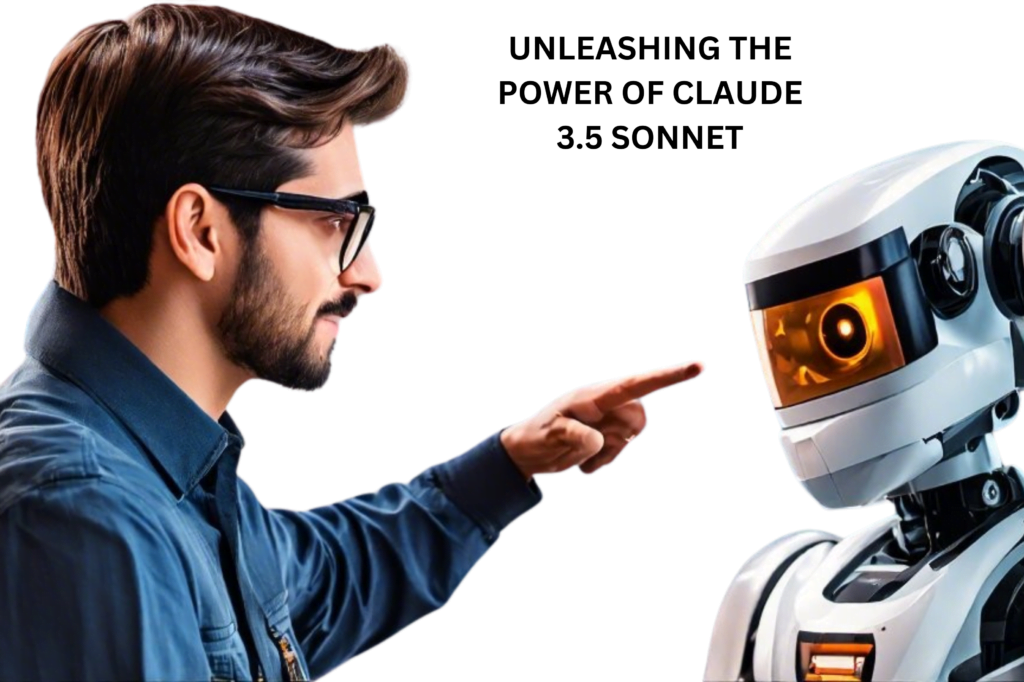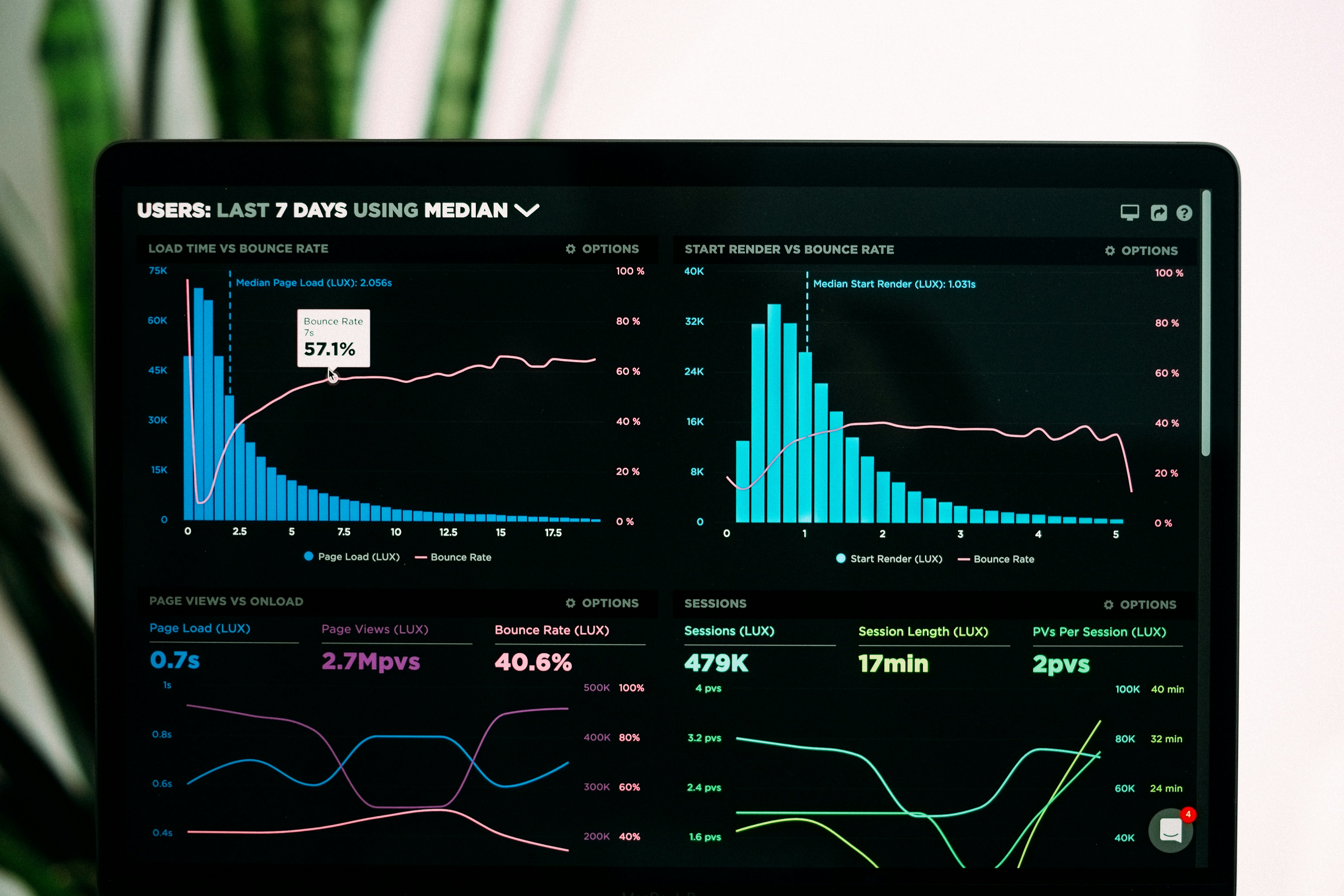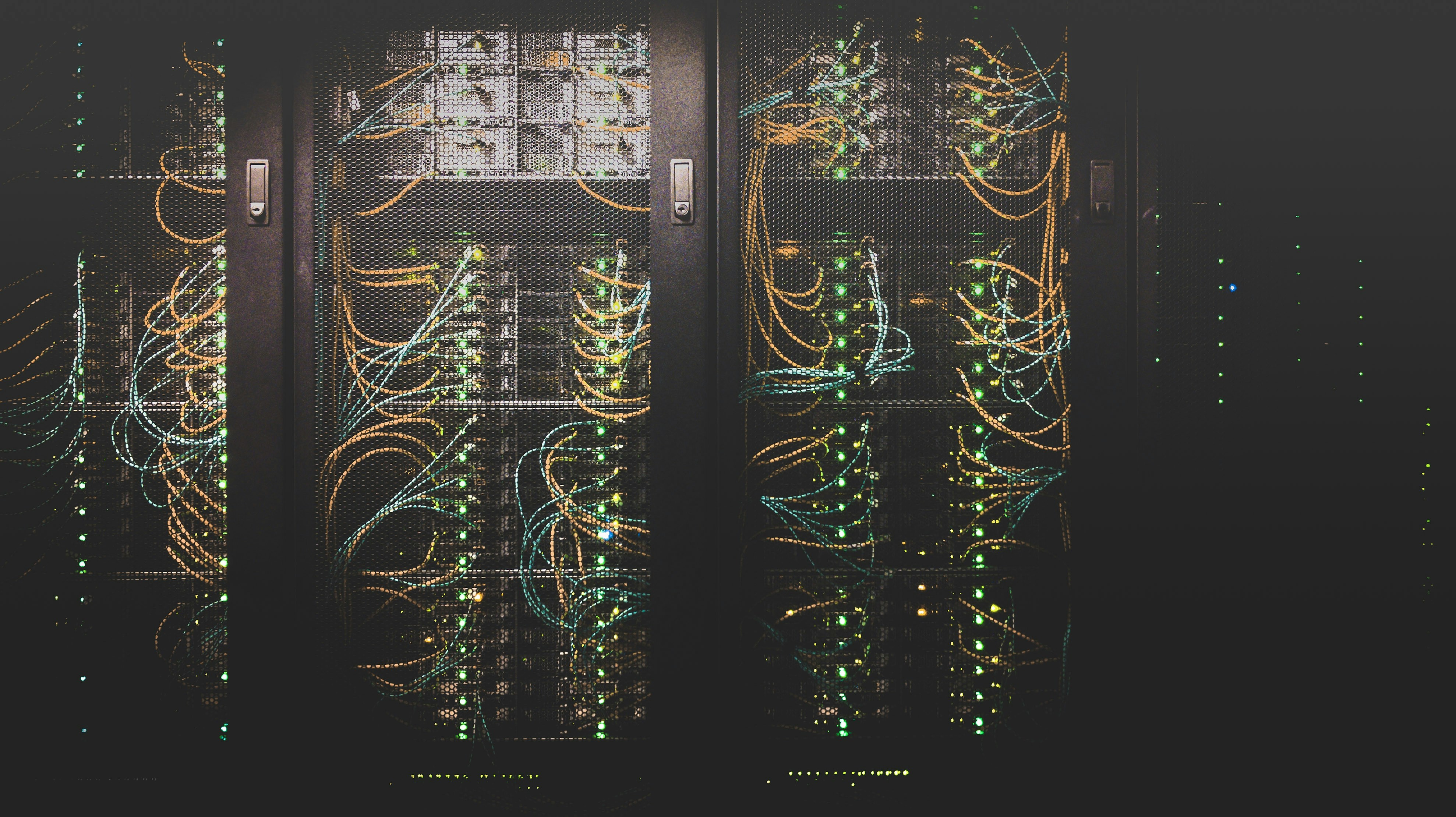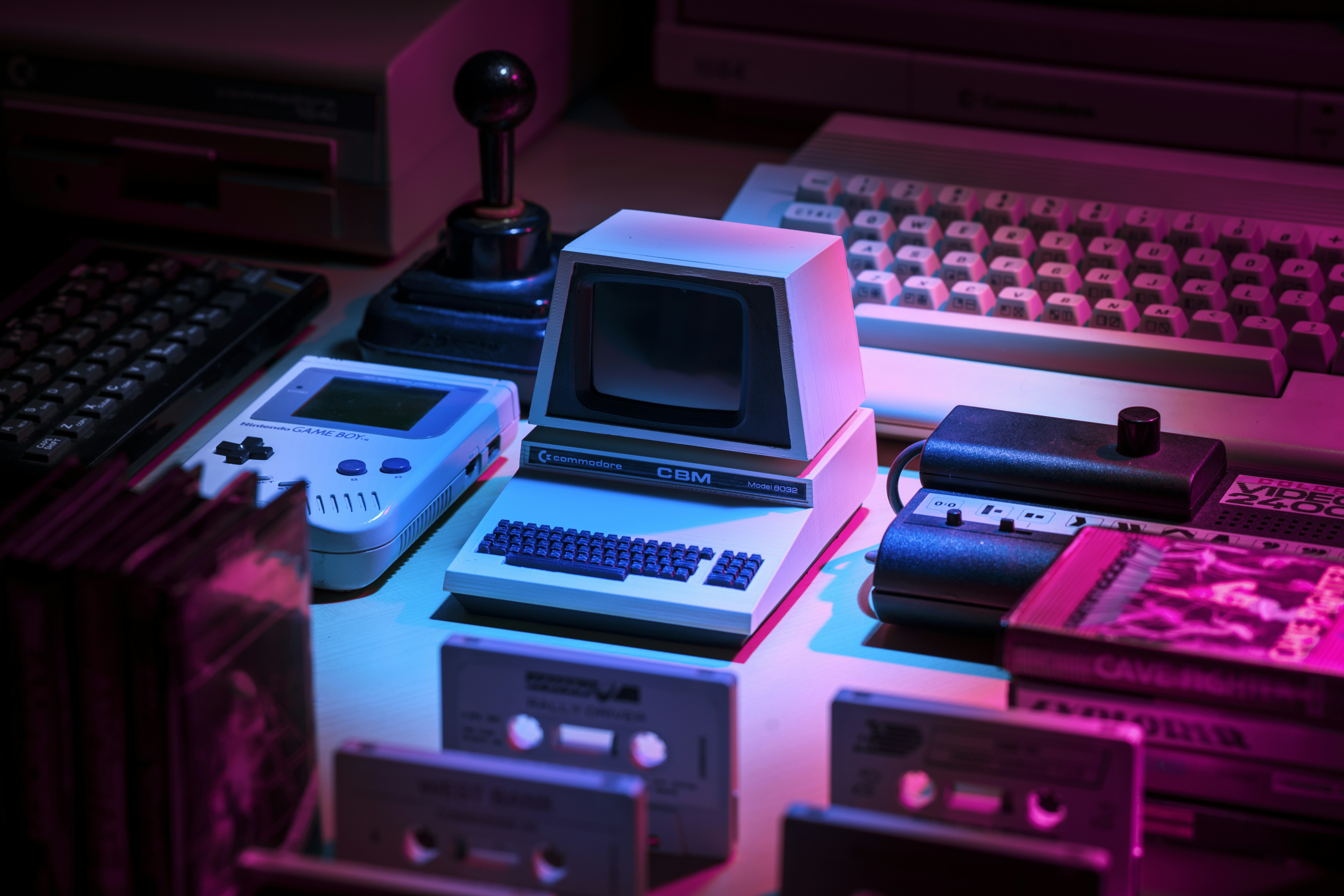Hey there, fellow AI enthusiasts! Today, we’re diving deep into the incredible world of Claude 3.5 Sonnet, Anthropic’s latest and greatest language model. When I first heard about it, I’ll admit I was skeptical. Another AI model? Yawn, right? But let me tell you, after putting this bad boy through its paces, I’m blown away. This isn’t just an incremental update – it’s a quantum leap forward in what AI can do. So buckle up, because I’m about to walk you through 15 mind-bending applications that showcase just how powerful and versatile Claude 3.5 Sonnet is.

Introduction
Hey there, AI enthusiasts! Today, we’re exploring the incredible capabilities of Claude 3.5 Sonnet, Anthropic’s latest language model. This isn’t just an incremental update – it’s a quantum leap in AI technology. Let’s dive into 15 mind-bending applications that showcase the power and versatility of Claude 3.5 Sonnet.
1. Interactive PDF Dashboards: Transforming Dense Documents
Image source: Unsplash
Say goodbye to boring white papers! Claude 3.5 Sonnet can transform any PDF into an interactive dashboard that would make Tony Stark jealous. Here’s what it can do:
- Create slick, dark-mode dashboards
- Add tabs for different sections
- Include eye-catching icons
- Integrate built-in quizzes for better retention
Pro tip: Don’t hesitate to iterate. Ask Claude to tweak layouts, add graphs, or change color schemes to suit your needs.
2. Bringing Static Concepts to Life with Animation

Imagine explaining complex processes with custom animations. Claude can create step-by-step visual guides and even fully animated sequences. For example:
- Cellular wound healing process
- Chemical reactions
- Historical event timelines
This feature is a game-changer for educators and presenters alike.
3. From Static to Dynamic: Interactive Diagrams
Image source: Unsplash
Claude can breathe life into static diagrams, creating interactive visualizations that help users understand complex systems. Applications include:
- Animated neural network diagrams
- Interactive flowcharts
- Dynamic system models
4. Web Apps Made Easy: No Coding Experience Required
Image source: Unsplash
Create full-fledged web applications without extensive coding knowledge. Claude can help you build:
- Interactive simulations
- Custom learning tools
- Rapid prototypes for startups
The process is as simple as describing your idea and iterating based on Claude’s suggestions.
5. Game Development at Light Speed
Image source: Unsplash
Game development has never been more accessible. With Claude 3.5 Sonnet, you can create:
- Classic 2D games like Snake
- 3D environments with procedurally generated maps
- Games with enemy AI and sound effects
One user even recreated a basic version of Doom using Claude!
6. Pixel Perfect: Retro-Style Image Generation
Image source: Unsplash
Claude 3.5 Sonnet can generate various styles of pixel art, including:
- 8-bit and 16-bit graphics
- Classic video game character replicas
- Custom sprites for indie games
- Pixelated logos for retro-themed projects
This feature is a goldmine for game developers, digital artists, and nostalgia enthusiasts.
7. 3D Simulations: Your Personal Holodeck
Image source: Unsplash
Create complex 3D simulations right in your browser:
- Interactive solar systems with realistic physics
- Particle simulations with customizable behavior
- Adjustable parameters for gravitational forces and collision detection
These simulations offer unprecedented control and interactivity, making them valuable for education and scientific visualization.
8. Data Visualization: Making Sense of the Numbers
Image source: Unsplash
Transform raw data into beautiful, interactive visualizations:
- Convert CSV files to JSON for web-based visualizations
- Generate interactive charts (line graphs, bar charts, etc.)
- Create zoomable, customizable dashboards
Claude can help you iterate on these visualizations, adjusting colors, chart types, and data points with simple prompts.
9. System Architectures: Blueprint Your Ideas
Image source: Unsplash
Generate detailed system architecture diagrams from text descriptions:
- Create flowcharts for complex software systems
- Illustrate user interfaces, backend services, and databases
- Visualize API integrations and data flow
This feature is invaluable for developers, system designers, and project managers.
10. SEO Supercharger: Optimize Your Content in Seconds
Image source: Unsplash
Develop a full-fledged SEO analysis tool with Claude:
- Paste content and specify target keywords
- Get instant optimization suggestions
- Automatically rewrite content for improved keyword density and readability
- Customize the tool to focus on specific metrics or integrate with SEO APIs
This application streamlines the content optimization process for marketers and content creators.
11. Real-Time Object Detection: Your AI-Powered Third Eye

Create a browser-based object detection app using TensorFlow.js:
- Identify objects in real-time using device cameras
- Distinguish between various types of objects
- Potential applications in accessibility, manufacturing, and security
This technology demonstrates the power of combining AI with real-time video processing.
12. Card Counting Simulator: Train Your Brain (Legally)

Develop a card-counting practice tool for educational purposes:
- Simulate a realistic blackjack table
- Implement adjustable game speed and difficulty
- Track running count and provide instant feedback
- Demonstrate complex AI reasoning and game logic implementation
Remember, this tool is for educational purposes only and should not be used in real gambling scenarios.
13. Mind Mapping on Steroids

Elevate your brainstorming sessions with AI-powered mind mapping:
- Generate comprehensive, hierarchical topic maps
- Create clean, interactive diagrams
- Easily expand, collapse, and edit nodes on the fly
- Incorporate additional information from team meetings or analytics data
This tool serves as an intelligent, tireless brainstorming partner for content creators and project managers.
14. Research Paper Revolutionizer

Transform dense academic papers into accessible, interactive content:
- Create dark-mode, interactive research posters
- Distill key concepts into easily digestible sections
- Include expandable methodology and results sections
- Integrate interactive graphs showcasing important data points
- Highlight actionable takeaways from the research
This application changes how we interact with and disseminate complex academic information.
15. Prompt Engineering Made Easy

Streamline your AI interactions with custom prompt templates:
- Create reusable prompts for specific tasks
- Build a personal library of specialized instructions
- Ensure consistent results across various AI-assisted projects
- Increase productivity and creativity in AI-human collaboration
This feature allows users to create custom AI tools tailored to their needs.
Claude ai: faqs
Claude is a versatile AI assistant capable of handling a wide range of tasks, including:
Writing and Editing
Answering questions and providing information
Analyzing data and texts
Helping with coding and programming
Assisting with creative projects
Solving mathematical problems
Engaging in discussions on various topics
It’s difficult to definitively say one AI is “better” than another, as they each have their strengths. Claude and ChatGPT have different capabilities and are trained differently. Users often find Claude more nuanced in its responses and better at following complex instructions, but both AIs are constantly evolving.
Claude is known for:
High-quality, nuanced responses
Strong ability to follow complex instructions
Ethical reasoning and safe behavior
Versatility across various tasks
Honesty about its limitations and uncertainties
While both are language models, key differences include:
Training: Claude uses constitutional AI principles, aiming for more aligned and ethical behavior.
Capabilities: Claude often excels at following complex instructions and maintaining context.
Tra*nsparency: Claude is typically more upfront about its limitations and uncertainties.
Claude is a large language model (LLM) based on advanced neural networks. It uses natural language processing and machine learning techniques to understand and generate human-like text.
Anthropic offers both free and paid access to Claude. There’s a free version available through their website, but it may have usage limitations. Paid plans provide more extensive access and features.
Claude is designed with safety and ethics in mind. It has built-in safeguards to avoid generating harmful or inappropriate content. However, as with any AI tool, users should exercise caution and critical thinking when using its outputs.
Not necessarily. Anthropic offers a free version of Claude with limited usage. However, for more extensive or commercial use, paid plans are available.
No, Claude cannot access the internet in real time. Its knowledge is based on its training data, which has a cutoff date. For the most current information, users should provide Claude with up-to-date details or verify information independently.
While there are tools that attempt to detect AI-generated content, their accuracy isn’t perfect. Claude’s outputs are designed to be high-quality and human-like, making detection challenging. However, Claude is programmed to be honest about its nature as an AI when asked directly.
Conclusion: The Conversational Future of AI
Claude 3.5 Sonnet represents a significant leap in AI capabilities, blurring the line between human and artificial intelligence. These 15 applications are just the beginning – the true potential lies in the hands of creative, curious users like you.
We encourage you to explore these possibilities, push boundaries, and create something amazing. The future of AI is conversational, creative, and endlessly adaptable. Welcome to the new frontier of human-AI collaboration!
Stay Connected
Follow us on social media for the latest updates on AI and web development:
- YouTube: hamzawebdev
- Instagram: hamzakhan_98
- Twitter: developer_hamza
- LinkedIn: hamza khan
Join the conversation and help shape the future of AI technology!















